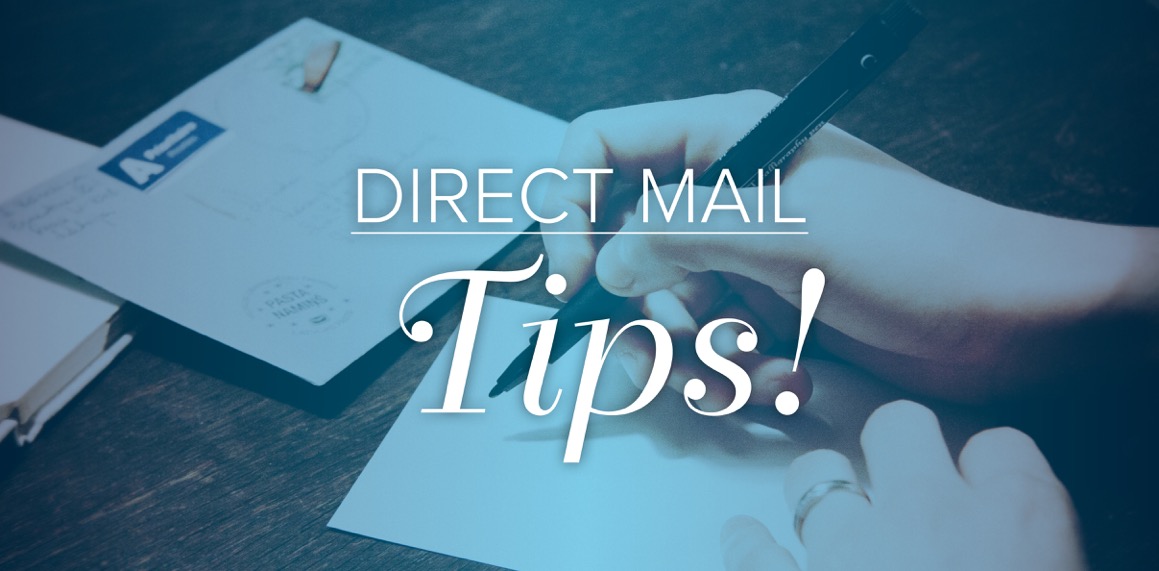Direct mail is a proven way to get responses. According to the Direct Marketing Association’s 2015 Response Rate report, direct mail actually outperformed digital channels. The DMA report indicated direct mail achieved a 3.7% response rate while all digital channels combined got a 0.62% response.
The number of direct mail projects we do at Perfect supports the notion that it still works. We print and mail a lot of direct mail for our clients. We produce high-value dimensional mailers, discount-offering postcards, and the tried-and-true direct mail fundraising letter. Recently, we held a call with a customer looking for ways to impact response for an upcoming letter campaign.
To their credit, the customer had already uncovered a good bit of insight by testing previous mailings. They tested messaging, format and size. They discovered that a large envelope (9 x 13) with handwritten addresses got the best results. Better than regular #10 envelopes and better than postcards.
Envelopes at 9 x 13 can be costly, however, and writing addresses by hand doesn’t scale for large mailings. So the client wanted to discuss other factors that could improve response. Since their testing had included messaging and calls to action, we focused on other potential envelope features.
Size – Our customer’s test results with 9 x 13 envelopes were in line with data from the DMA response report, which indicated oversized envelopes get a better response. According to the report, oversized envelopes have the best response rate at 5.0%, followed by postcards (4.25%), dimensional (4.0%), catalogs (3.9%) and letter-sized envelopes (3.5%). Their concern about cost, however, is a common one. That’s why we recommend an in-between option: 6 x 9 envelopes. They are larger than the typical #10, but they get mailed at a letter rate, which doesn’t increase postage costs.
Color – Although a potentially costly option, using color envelopes can gain attention and increase response. Color envelopes stand out against much of the mail in a person’s mailbox. Color offers the chance to present a unique and creative brand image.
Font – Although writing addresses by hand is definitely not an option for large mailings, there are plenty of script fonts available that mimic handwriting. Although obviously not authentic, they are a way to leverage the success handwriting seems to have on response while maintaining scalability.
Stock – Stock choice is an underused technique to increase response. Using a textured envelope can increase response by engaging the recipient’s sense of touch. Texture often provides a subliminal impact that causes the recipient to interact further with a piece, usually resulting in them opening the envelope.



Leave a Reply